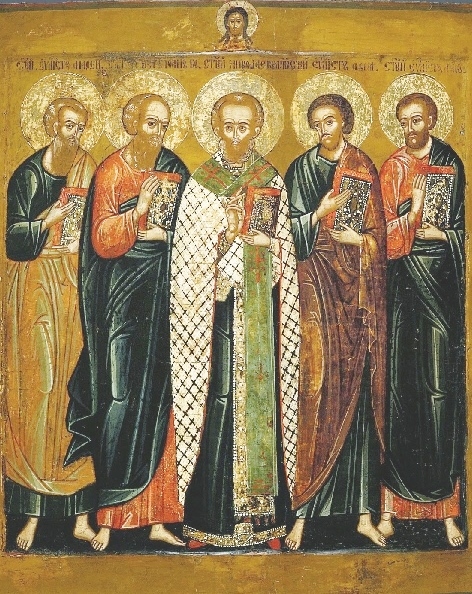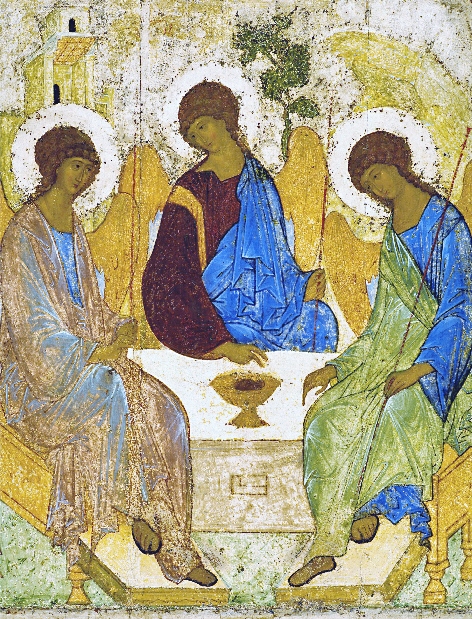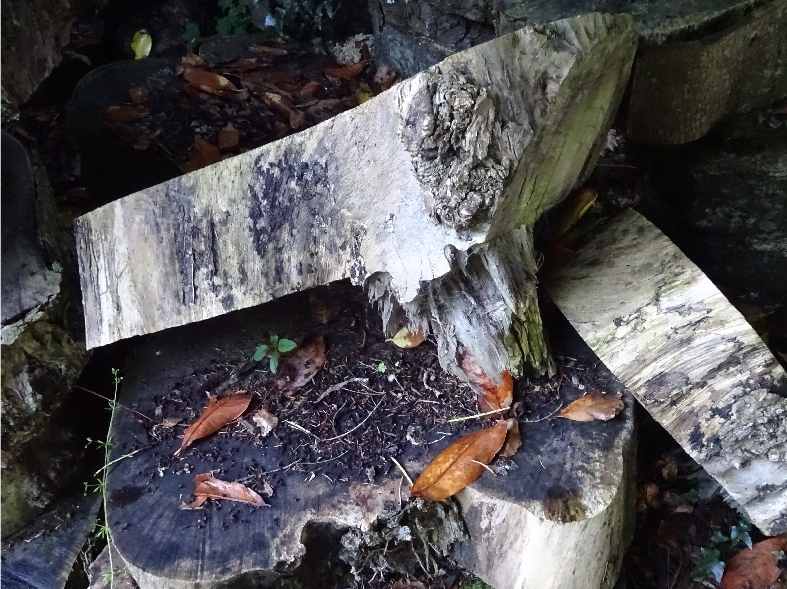May 25, 2017

Byzantine Icon
In mid-April, I started Christine Valters Paintner’s Eyes of the Heart, a six week online retreat that considers photography as a contemplative practice. The practice involves a form of meditation, using images as a basis of acknowledging and recognizing divine presence. Through photographs we witness the reality of this energetic force that vibrates in the ordinary and the everyday things we fail to see unless we pause, ponder, and consider its effects. It is a modern day approach to a spiritual practice performed centuries ago, and the sacred icons executed by Christian monks.
In moments of devout passion, these monks sought images to reconcile their faith and pray with the saints, apostles, Christ, God, psalms, portray the Blessed May, and were known as icon writers.

These icons were vehicles intended for prayer. These images were seen as sacred. Art, humbly made to focus our attention, in order to hear and listen for the voice of God residing in the cell of our hearts.
![]()
The practice of photography as a contemplative art involves receiving and being receptive to images during contemplative walks or when intentionally gazing on objects or subjects that “shimmer” or stand out amongst a wealth of others. Images are not taken, captured, shot at; images are received and we are the benefactors of that reception.
One gazes softly over an object, pausing to ponder, reflecting on what presents itself, what stands before our eyes, ready and willing to accept whatever surfaces because it comes with grace.
In Tibetan culture, Thangkas, like Byzantine Icons, were and are painted by Tibetan monks, who use wooden frames with a canvas of silk. They grind colours from gem stones, mix their own dyes, and fabricate the silk. The many Buddhas, Bodhisattvas, Arhats, and deities prayed to and venerated for their healing potential, sacred symbols, and imagery.


Today, the Nalanda Miksang philosophy of image-making, uses photographs whereby looking through a camera lens one begins to notice the flash of perception in things. This flash, an initial sighting, similar to a koan, causes the mind to stop in its tracks.
Held in the state of non-thinking, we see because we are present. At that moment no other reality exists. Such flashes of perception enables practitioners to consider impermanence, ones place in the world, the very nature of things, realizing Buddhahood as the living dharma (the Buddha’s teaching).
From the standpoint of the eyes of the heart, visio divina is the Christian way of practicing this seeing from the heart-space, where we tune in and align soul to spirit. Attention drops into the heart. Awareness permeates the cell of resort: the space where two become as One. In the secret confines of the heart, we nurture this divine relationship. We share in conversation with the God we know, tend, and pray to.
Both practices lead towards self-awareness, self-discovery, develop intuition and imagination. Used as a spiritual practice, an image can set the scene for divine perceiving.
We know sight is a sense organ. It relates and responds via the senses. Sight tempts our desire to touch. Fuelled by curiosity to see what we hear, we listen for sounds. What appeals to the eye, urges us to taste what we see. Sight initiates feelings, memories, sets off emotions, raises the body temperature, and is recognized whenever joy breaks out in goose-bumps.
Via photography, everyone has the opportunity to experience the divine in the ordinary, in any and every circumstance if we wholeheartedly persevere, assume patience, take the initiative, and with utmost devotion look.
To look with eyes keen on devotion, requires a different way of seeing, a different kind of eyesight, foresight, and hindsight. Seeing in this manner, as a spiritual practice, acquires the presence of sight. To recognize the divine as being all things, even chaos.
God’s presence exists as beauty and as ugly, as tenderly and as violently, as light and shadow, living as unpredictably as hate, and as precariously as love. Seeing from this point-of-view, we accept life and its double-edged sword. Divine on view everywhere, at any time, for all time.
Therefore, our lens becomes the vehicle of perception. It gifts us with the capacity to aim for presence in the details we tend to miss.
As part of the Eyes of the Heart online retreat, we go on contemplative walks and photograph the things that shimmer for us. I’ve included some of my contemplative objects along with several journal entrees that surfaced while practicing visio divina (the contemplative way of seeing that is similar in practice to lectio divina, but instead of using a phrase or word that shimmers from reading scripture, we find that contemplative source via an image).
Christine Paintner shared one of her photographs and led us through a guided meditation in the practice of visio divina. After gazing and being led through the meditation, I journaled my response to her question, what are you invited to consider:
I am invited “to allow”. To allow with receptivity what is before me; what is presently the case without judgment, without guilt, without any thoughts dealing with time, the future or the past that I can do nothing about. To allow are the words that came from reflecting, contemplating and gazing on Christine’s photo. For now, this is enough to practice with and I’m grateful for this visio.
The following three visio divina explorations include my favourite contemplative photograph (the one I turn to when practicing visio indoors), and two others discovered on contemplative walks.
After experiencing the online guided meditation: Sitting #1

I have been left with an exquisite sense of bliss…
A sunbeam aiming at the top edge of the bookcase. Objects and their shadows projected against the wall. It turned out to be a black and white photo. I had no idea it would turn out to look this way. My eyes found a resting place along the vertical edge of the bookcase, where the shadow and the light meet as yin and yang – one existing because of the other.
Through the eyes of visio these forms speak to me of mystery: God as shadow too. Presence existing in the corners of my life, in the silhouette of things that exist because of His light. To gaze this way eases me into serenity. Will keep looking at the world this way…
Sitting #2:

I could have gazed at these boats all morning, this is how much the pair attracted my attention. The hours I spent in their company revealed a worldliness in textures and colours of an extraordinary life that I would have overlooked if I hadn’t had the intention of practicing visio divina.
A slew of thoughts, impressions, imaginings both fictionalized and non, flowed through consciousness then faded like an undeveloped photograph into the eyes of the heart.
…Boats compared to people have their adventures, have their advantages, serve a purpose. They are led to travel, discover, and at one point row to shore. Some lost. Some found. Some forgotten. All to wither under sun and stars: their message…
Sitting #3: Dance of Light & Shadow

I feel light and shadow embody one another. Light like life comes from darkness. In the creation story we are created from the depths of that darkness like a seedling buried in the ground and making its way upwards towards the light.
As embryos we are formed in the dark, growing within the dark womb of our mother, and we come to life with a cry in the light of our birth.
When we die we return to the earth. We return to that underground where what our bones and sinew will become, create something unknown; whereby spirit returns and becomes part of that greater whole we call Consciousness, universal light, the matrix within outer space, the skies we contemplate by day, the same sky we contemplate at night…
More contemplative photos to follow as I work through the course.
I’d like to end with the words by Juliet Benner from her book, Contemplative Vision: A Guide to Christian Art and Prayer:
“Every genuine artistic intuition goes beyond what the senses perceive and, reaching beneath reality’s surface, strives to interpret its hidden mystery. The intuition itself springs from the depths of the human soul, where the desire to give meaning to one’s own life is joined by the fleeting vision of beauty and of the mysterious unity of things. All artists experience the unabridgeable gap that lies between the work of their hands, however successful it may be, and the dazzling perfection of the beauty glimpsed in the ardour of the creative moment: what they manage to express in their painting, their sculpting, their creating is no more than a glimmer of the splendour which flared for a moment before the eyes of their spirit. They experienced a momentary glimpse of the abyss of light that has its original wellspring in God.”
For information about visio divina, online retreats and Eyes of the Heart: Photography as a Contemplative Practice, visit Christine V. Paintner’s website at www.abbeyofthearts.com
